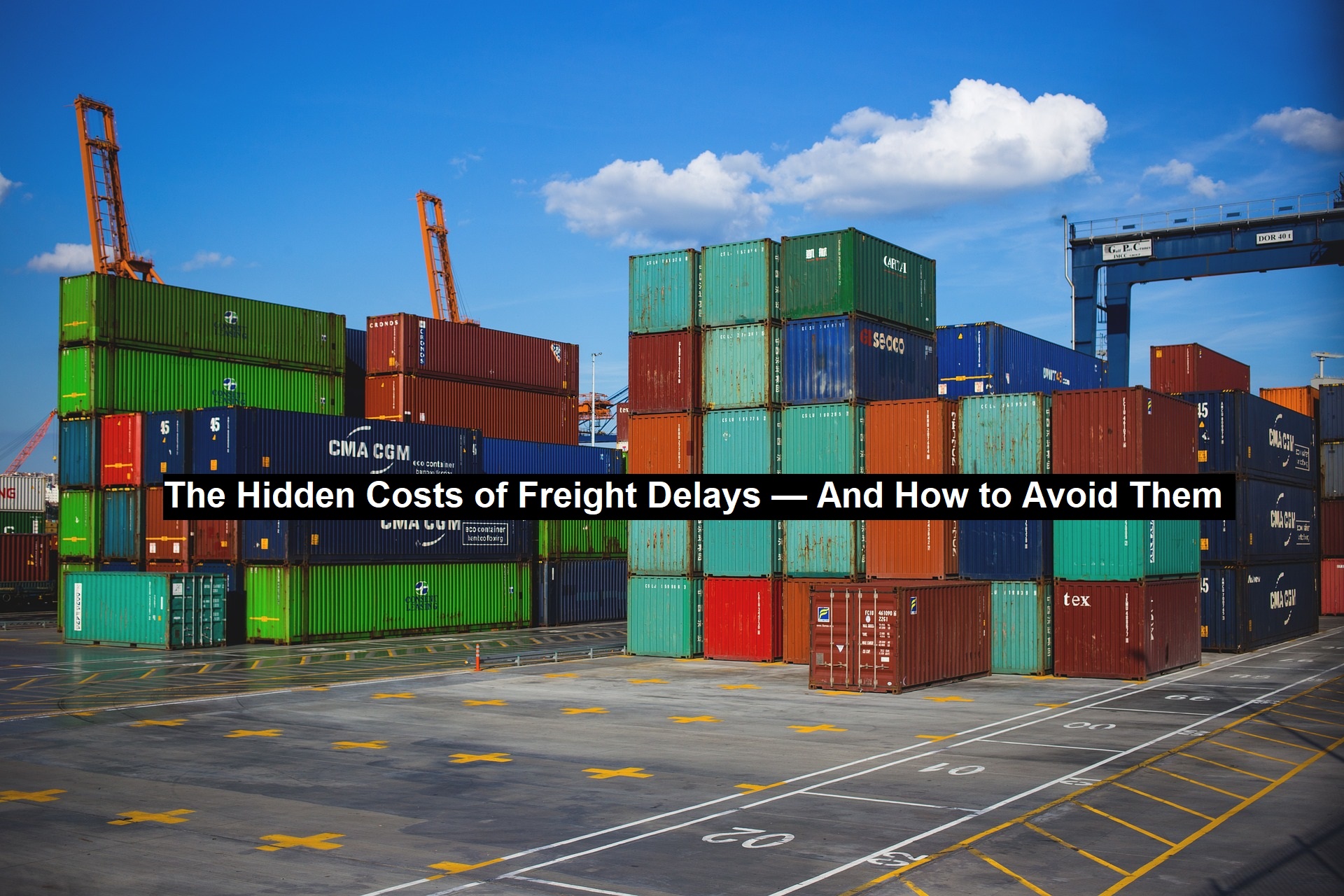The Hidden Costs of Freight Delays — And How to Avoid Them
As global commerce accelerates, the logistics industry faces mounting pressure to deliver goods faster, more reliably, and at lower cost. Yet freight bottlenecks continue to plague supply chains, slowing deliveries, inflating expenses, and compromising customer satisfaction. Whether due to labor shortages or inefficient infrastructure, these disruptions are more than just inconvenient — they’re expensive. To maintain a competitive edge, businesses must confront these challenges head-on with strategic solutions.
What’s Really Causing the Gridlock?
Many assume freight delays are primarily caused by traffic jams. While congested highways certainly contribute, they’re far from the only factor. A widespread shortage of qualified truck drivers is one of the most significant problems. Aging drivers are retiring faster than new ones are entering the field, and regional disparities further complicate recruitment. For example, some companies are turning to targeted solutions that focus on trucking jobs by state to better match supply and demand within local markets.
Beyond driver shortages, inefficiencies in warehouse operations are also a major pain point. Limited labor, outdated systems, and poor dock scheduling often lead to trucks sitting idle — sometimes for hours. These inefficiencies compound delays and make it difficult to adhere to delivery timelines, even when transportation is otherwise running smoothly.
Read: The Most Important Personal Finance Principles and How to Use Them
Additionally, outdated logistics systems remain widespread. Businesses still using manual or disconnected processes for dispatching and tracking shipments face blind spots in their supply chains. When issues arise, these companies often lack the visibility and agility to adapt quickly, resulting in missed deadlines and increased operational costs.
Compounding all of this are external variables like extreme weather events, geopolitical tensions, and fluctuating fuel prices — all of which can disrupt freight schedules unpredictably.
How to Break the Bottleneck and Restore Efficiency
Although the challenges are significant, solutions exist for businesses ready to modernize their operations. Improving driver recruitment is one key strategy. By using platforms that aggregate trucking jobs by state, employers can identify local talent faster and more efficiently. This targeted approach helps fill critical gaps and ensures freight keeps moving on schedule.
Equally important is the need to modernize warehouse processes. Investing in digital scheduling, smart inventory systems, and automated equipment can drastically cut load times and reduce driver wait periods. Faster processing at the warehouse level leads to smoother transitions between transport legs, enhancing overall supply chain performance.
Logistics technology is another essential investment. Companies deploying AI-driven route planning, predictive analytics, and real-time shipment tracking gain a competitive advantage by avoiding trouble spots and responding quickly to disruptions. These tools empower logistics teams with the insights needed to keep deliveries on track and adapt as conditions change.
Finally, collaboration among stakeholders — from manufacturers to carriers to warehouses — is crucial. Sharing data and maintaining clear lines of communication helps all parties anticipate issues and coordinate more effectively to avoid cascading delays.
Freight bottlenecks aren’t going away overnight. But by focusing on smarter hiring, warehouse efficiency, and cutting-edge technology, businesses can take control of their logistics — and avoid the high costs of unnecessary delays.
Costs-of-Freight-Delays